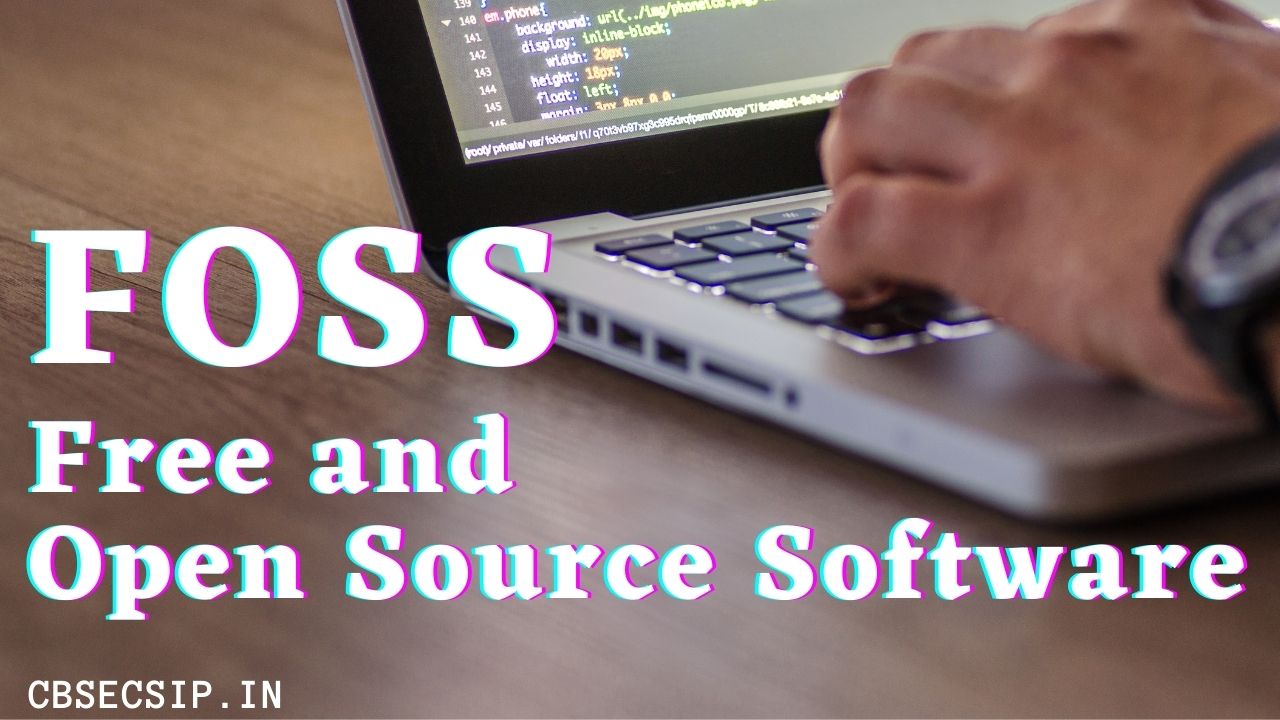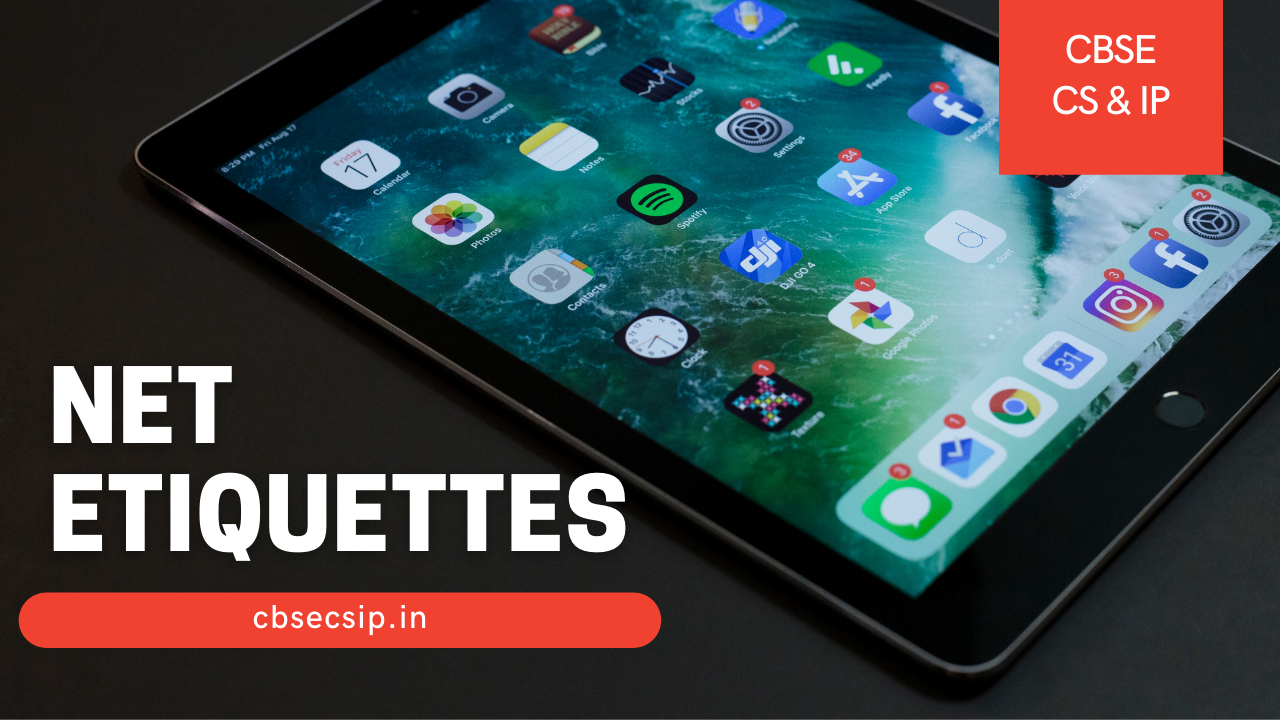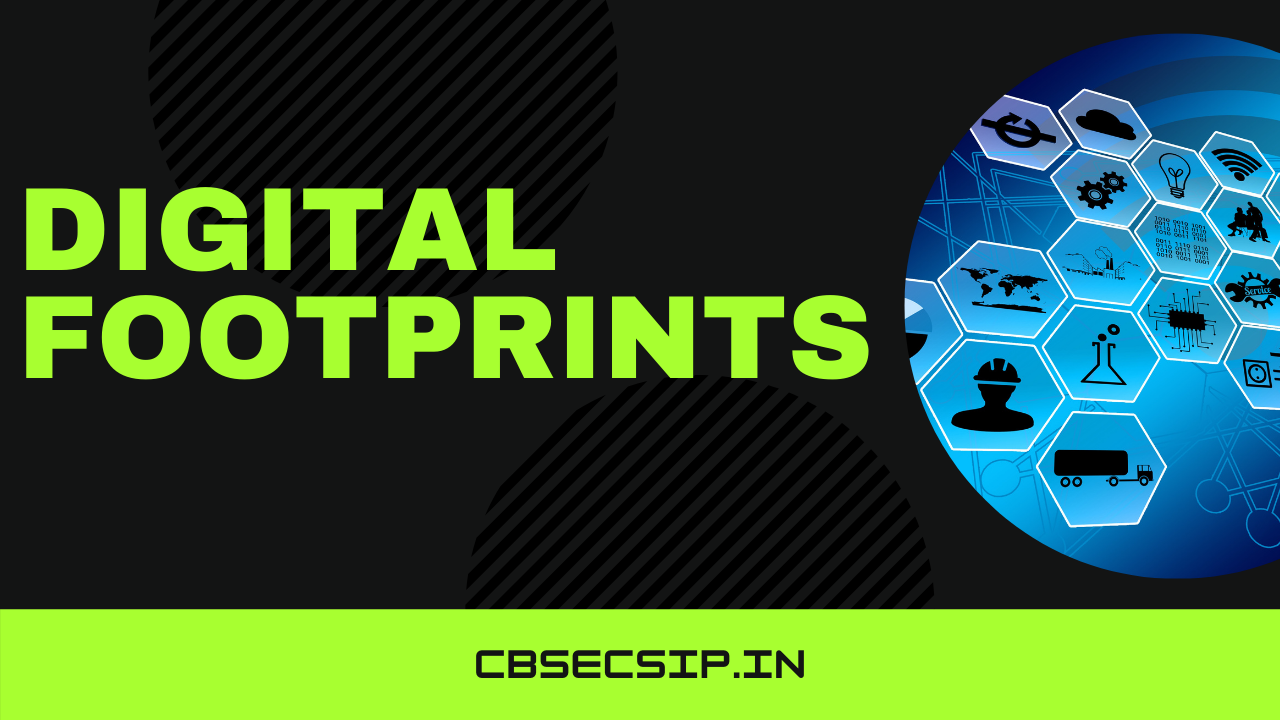What is a Computer Network?
Components of Computer Network -:
- Maj
- Network-Hardware
- Communication Chanel
- Software
- Network Services
- Host
- Servers
- Client
Types of Computer Network -:
- PAN (Personal Area Network)
- LAN (Local Area Network)
- MAN (Metropolitan Area Network)
- WAN (Wide Area Network)
PAN (Personal Area Network) -:
- Wireless PAN – Wireless Personal Area Network (WPAN) is connected through signals such as infrared, ZigBee, Bluetooth and ultra-wideband, etc.
- Wired PAN – Wired PAN is connected through cables/wires such as Firewire or USB (Universal Serial Bus).
LAN (Local Area Network)-:
- Local Area Network is a group of computers connected to each other in a small area such as a building, office.
- It covers an area of a few kilometer radius (approx. 1-10 km).
- It is managed by a single person / Organization.
MAN (Metropolitan Area Network)-:
- A metropolitan area network is a network that covers a larger geographic area by interconnecting a different LAN to form a larger network e.g. within a city.
- Covers an area of few kilometers to a few hundred kilometers.
- Owned by Organization or Government.
- The network of schools, banks, government offices within a city are examples of MAN.
WAN (Wide Area Network)-:
- A Wide Area Network is a network that extends over a large geographical area or countries.
- Covers over hundreds of kilometer radius.
- It is usually formed by interconnecting LANs, MANs, or maybe other WANs.
- Network of ATMs, BANKs, National or International organization offices spread a country, the continent is examples of WAN.
- The internet is one of the biggest WAN in the world.
Computer Network-:
Advantages-
- Resource Sharing
- Cost Reduction
- Collaborative User Interaction
- Share Storage
- Fast Communication
Disadvantage-
- Security Concerns
- Lack of Robustness
- Needs an Efficient Handler
- Lack of Independence
- It requires an expensive set-up.










